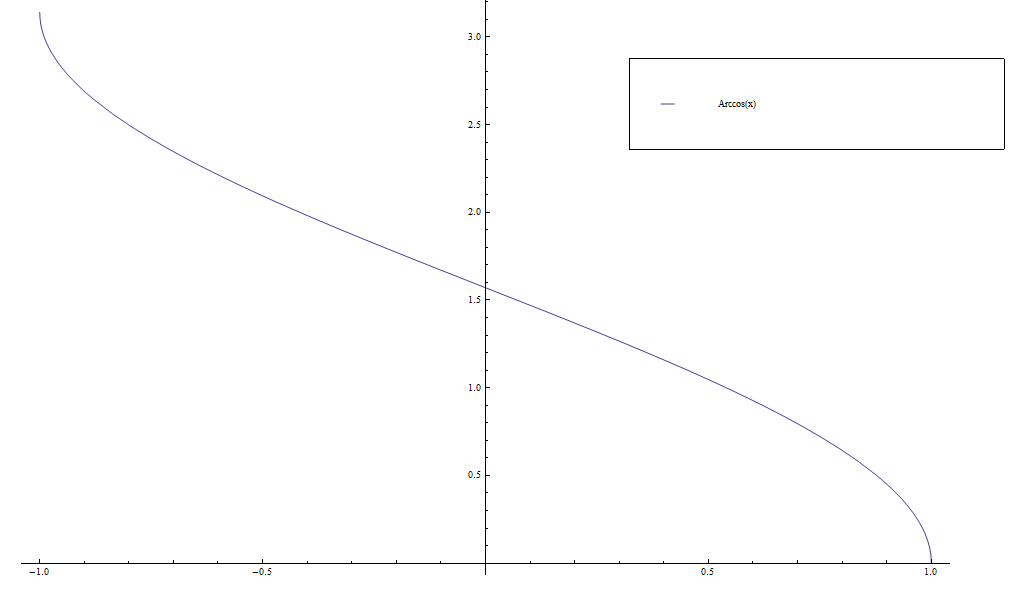Sech
The hyperbolic secant function is defined by $$\mathrm{sech}(z)=\dfrac{1}{\cosh(z)}.$$
- Complex Sech.jpg
Domain coloring of analytic continuation of $\mathrm{sech}$.
Properties
Theorem
The following formula holds: $$\dfrac{\mathrm{d}}{\mathrm{d}z} \mathrm{sech}(z)=-\mathrm{sech}(z)\mathrm{tanh}(z),$$ where $\mathrm{sech}$ denotes the hyperbolic secant and $\mathrm{tanh}$ denotes the hyperbolic tangent.
Proof
From the definition, $$\mathrm{sech}(z) = \dfrac{1}{\mathrm{cosh}(z)}.$$ Using the quotient rule, the derivative of cosh, and the definition of $\mathrm{tanh}$, we see $$\begin{array}{ll} \dfrac{\mathrm{d}}{\mathrm{d}z} \mathrm{sech}(z) &= \dfrac{0-\sinh(z)}{\cosh(z)^2} \\ &=-\mathrm{sech}(z)\mathrm{tanh}(z), \end{array}$$ as was to be shown.
References
Theorem
The following formula holds: $$\displaystyle\int \mathrm{sech}(z) \mathrm{d}z=\arctan(\sinh(z)) + C,$$ where $\mathrm{sech}$ denotes the hyperbolic secant, $\arctan$ denotes the inverse tangent, and $\sinh$ denotes the hyperbolic sine.
